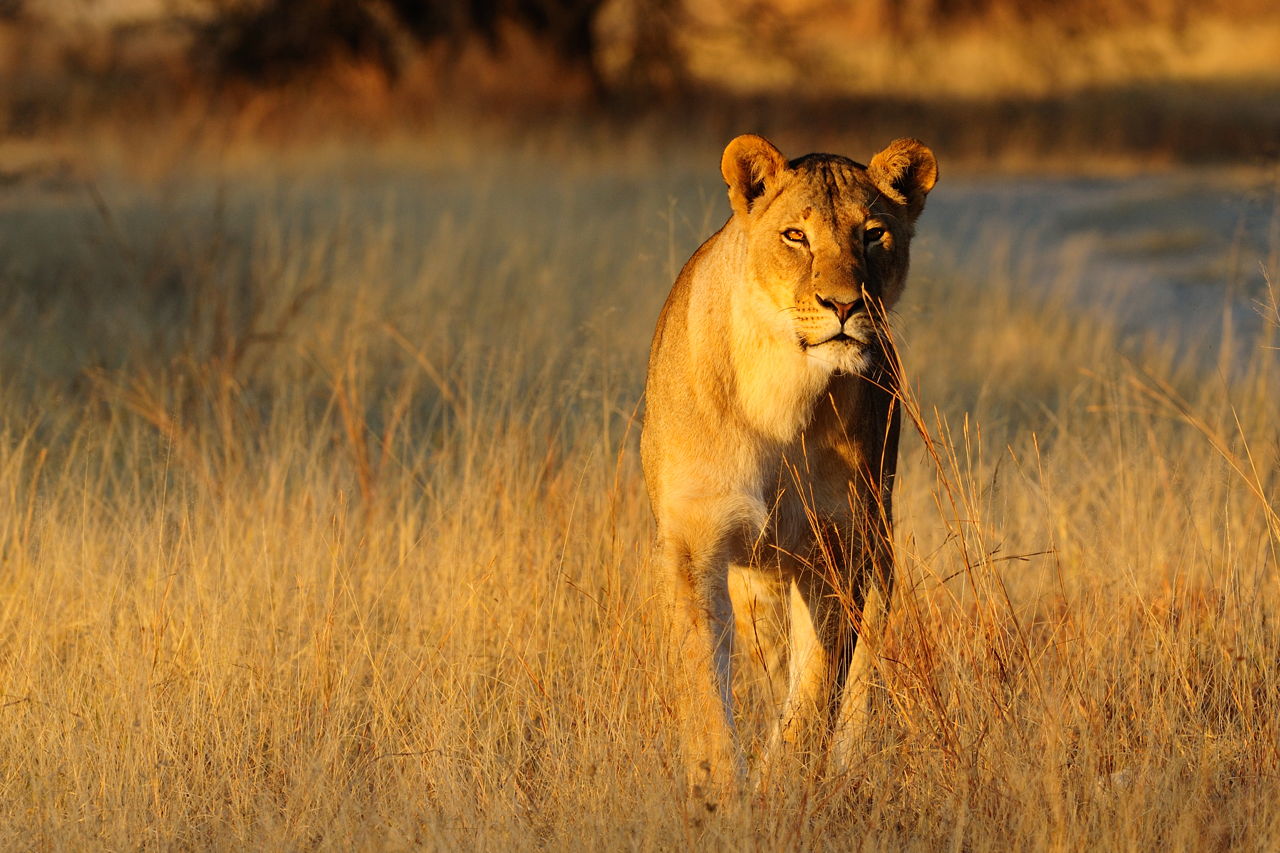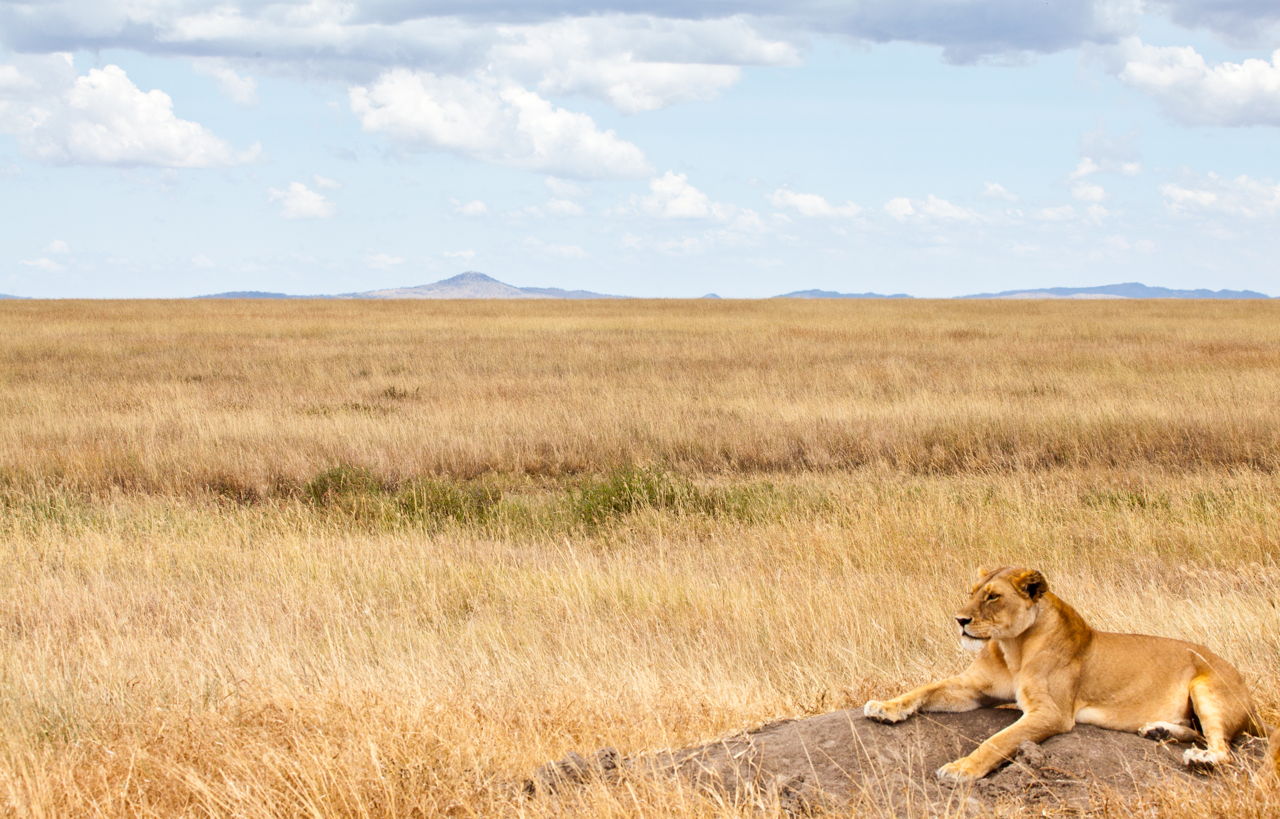Temperate Grassland Animal Adaptations Examples

The gray wolfs large paws have fleshy pads and claws for traction and can spread to provide better support in snow.
Temperate grassland animal adaptations examples. Their coats are made up of wooly fur to provide insulation and long guard hairs to keep out moisture. Plants and animals have to adapt to the long dry periods. The climate in the temperate region varies from semi-arid to semi-humid grasslands.
The gray wolf has many special adaptations. Animal adaptations in a grassland are often based around grass itself. Well define these adaptations and provide an example of each by taking a look at some grassland animals.
Plants and animals living in the Grasslands must be able to adapt to the lack of trees and heavy brush for shelter as well as the seasonal drought and limited rainfall. Grassland plants particularly grasses themselves grow from the base of the plant rather than the tips. Examples of grassland adaptations plants.
Grassland plant adaptations include deep roots narrow leaves and brightly colored flowers. Grassland animals adaptations may 30 2019 temperate grasslands can be found in various regions north and south of the equator including argentina australia and central north america. These things are a physical part of the animal.
Small animals such as squirrels and chipmunks gather nuts and seeds storing them in hollow logs or holes in the ground. Grassland animals adaptations many animals have adapted to the grasslands. To protect itself from the blowing sand of the desert a camel has two rows of long and thick eyelashes.
Temperate grasslands support a large array of wildlife. Keep in mind that these are only a few examples of the huge variety of grassland animal adaptations. One of the best examples of dietary adaptation in grassland animals can be seen in bison species.



















